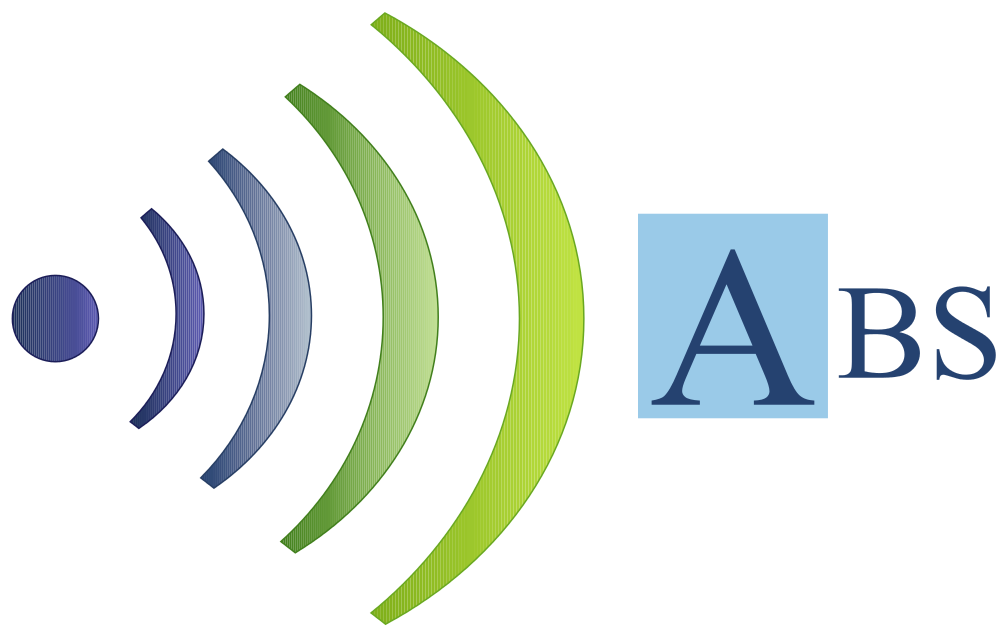Public Access, Education, and Government stations
A lot of small things can build up in a PEG station. I can help by resolving a problem or completing a configuration on a project basis.
Diagrams
Here's a little bit of the video path in a mobile production truck. There was an existing original drawing, and a wire list. The diagram showed equipment that no longer exists and of course didn't have anything new; the wire list couldn't keep up with the changes. I did my own cable-tracing and double-checking, drew the results, and included scans of older drawings where useful. The result is a multi-page PDF file that can be printed at any size. Keeping your diagrams updated is very helpful for ongoing operations: they keep the complexity under control by helping you see meaning in the apparent tangle of wires. And maintenance costs go down when techs don't have to spend time following cables around the racks. You do need to keep the cable end labels up to date!
Mobile production switcher
Video Interference in the Studio
It was intermittent and thus hard to recognize. My first step: train them to use known-good equipment. Now we knew there were problems. Turned out to be at least three: 1) Noise in the picture from an RF-only DTA looks like motion, if that's what you're looking for. 2) An unrelated device injected horizontally sync'd noise when connected through a cueing monitor. 3) Multi-amp currents in the breaker panel ground wire cause hum bars; there are faults to locate.
EDID and the DVI to analog converter
The test PC was connected by VGA analog to one port on the monitor, and by DVI digital to the converter and then looped to the DVI input port on the monitor. I got nothing out of the DVI port. I think the PC read the EDID of the analog side first (it only reads one) and concluded there was no device to send a DVI signal to. If you have a Windows-based video output device, you need to leave connections alone after boot. If you must hot-plug things on a multi-monitor server, keep an EDID emulator on the video output so it doesn't rearrange the outputs. You don't want to have to reboot during the broadcast day.
Signal Quality Presentation
These are the slides for a talk I gave on how a TV signal gets from the studio to TV and cable viewers. It answers questions I've been asked about how multiple stations get put into one digital channel, and how to help viewers solve reception problems. Group presentations available.
Slides 1 - 15
Slides 16 - 30
Slides 31 - 40




